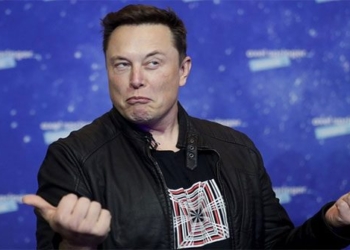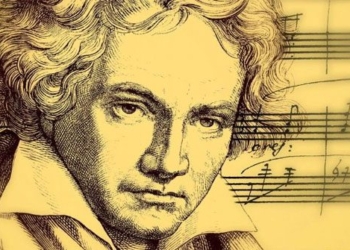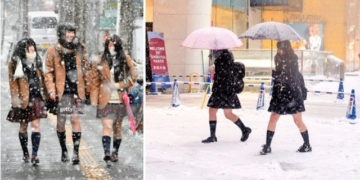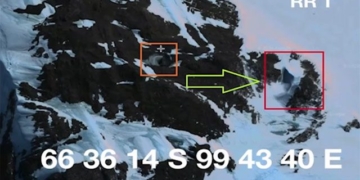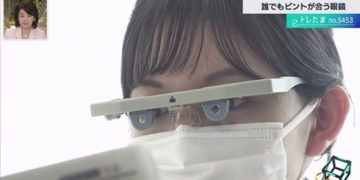Researchers from Cornell University have designed a photography robot that can understand harmonious aesthetic composition. Initially, it was trained to take interior photos, but it can be further trained to apply its skills anywhere.
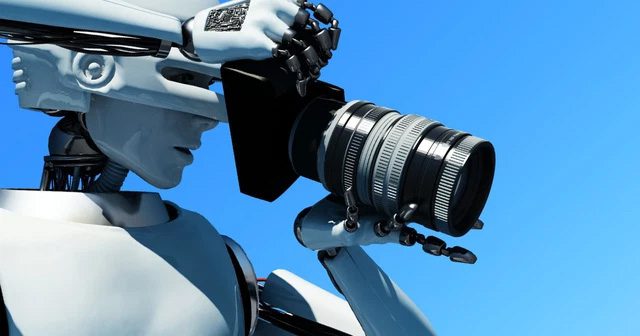
This photography robot is named AutoPhoto.
The robot, named AutoPhoto, was developed by researcher Hadi AlZayer, along with two researchers Hubert Lin and Kavita Bala. AlZayer stated that the idea stemmed from a desire for a companion that could take pictures from better angles than selfies or when asking others to take photos.
“Whenever I ask strangers to take pictures for me, I always receive poorly composed photos,” he said. This prompted AlZayer to find a way to create a photography robot.
What humans consider when creating a photograph with aesthetic composition is very complex, but AlZayer believes it can be automated using algorithms. Using a basic pre-created algorithm, he helped refine the technique through a process called “reinforcement learning,” which is a subfield of machine learning.

This is the first robot system “taught” an aesthetic machine learning model.
AutoPhoto is said to be the first robot system “taught” an available aesthetic machine learning model and represents a significant advancement in using automated robots for photography. This robot can understand what makes a good photograph.
The aesthetic machine learning model was trained on a dataset of over one million images rated for aesthetics by humans. AutoPhoto itself was also trained on dozens of 3D images of interior scenes to identify optimal composition angles before the team mounted it onto Jackal, a small four-wheeled robot, for mobility.
The robot knows how to select beautiful compositions when taking photos.
When deployed in a building on campus, as seen in the video above, the robot began taking a series of poorly composed photos, but as the AutoPhoto algorithm became familiar with the environment, its composition choices steadily improved until the images rivaled those of real estate advertisements. On average, the robot takes about ten repeated shots to optimize each scene, but the entire process only takes a few minutes to complete.

On average, the robot takes about ten repeated shots to optimize each scene.
In the future, AlZayer hopes to adjust the AutoPhoto system for outdoor use, potentially swapping between Jackal and a drone. “Taking high-quality outdoor shots is very challenging,” AlZayer said, “because controlling the composition is more difficult.”
The researchers believe this is just the beginning of automated photography, allowing robots to capture stunning images of dangerous or remote environments without human intervention.








































